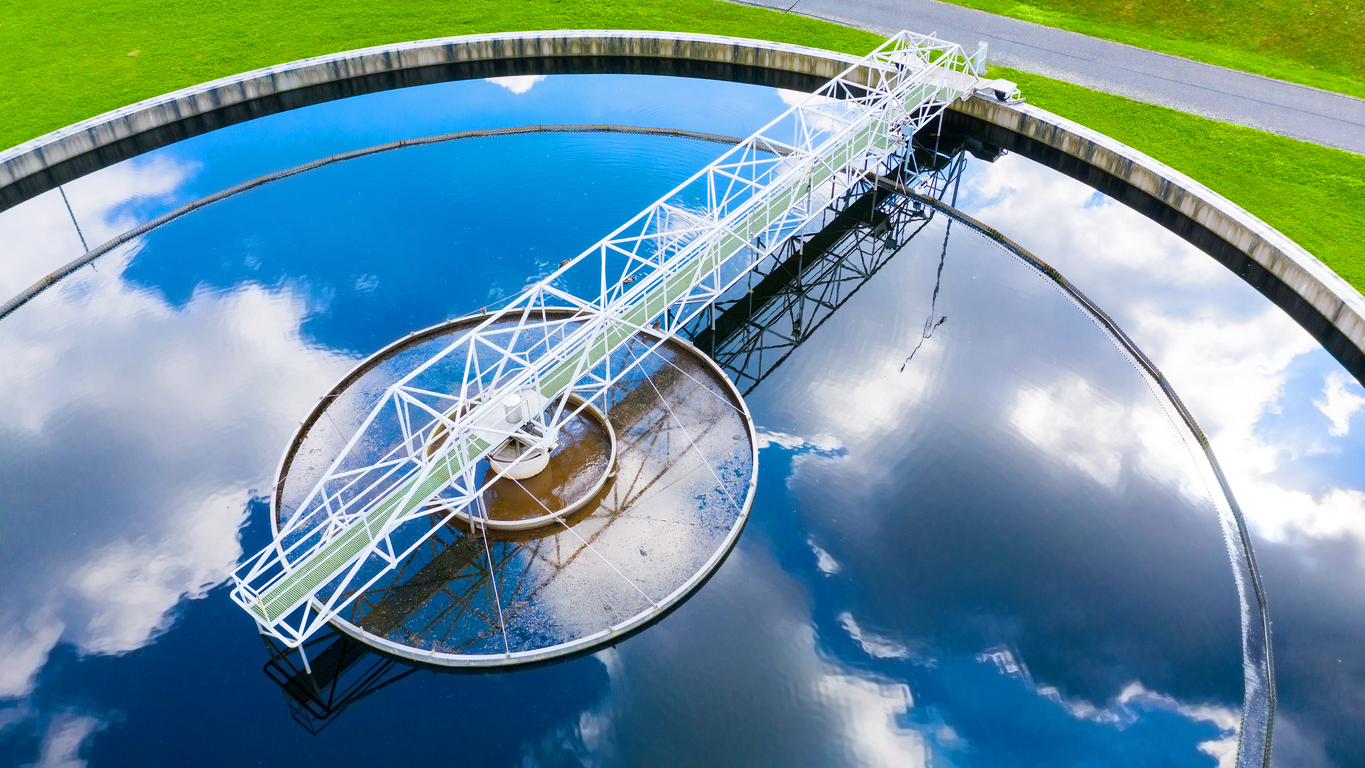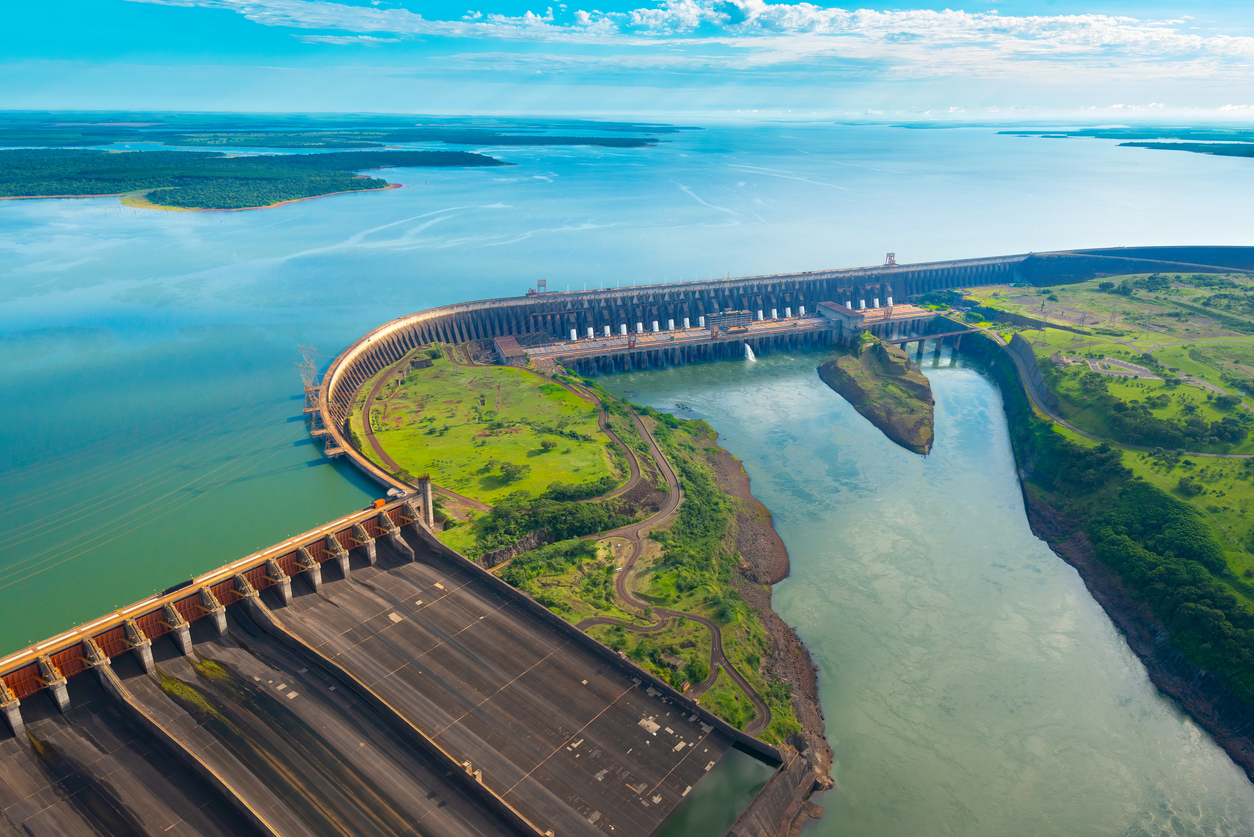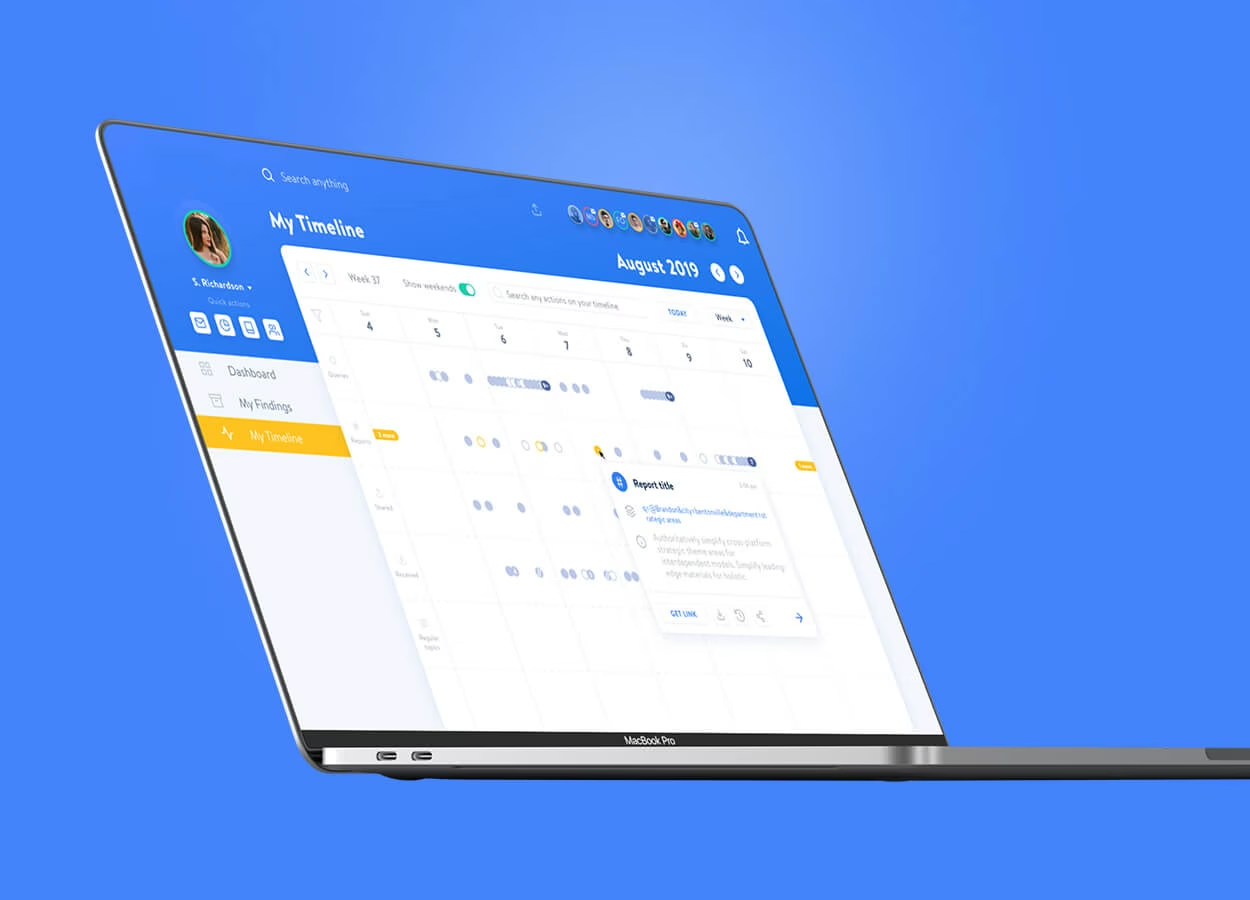ITRex gave the client's data transformation project a second wind by deploying a cloud-based data platform powered by Databricks on Azure Databricks. The new environment centralized critical operational, financial, and maintenance data, allowing for consistent, governed, and scalable analytics throughout the organization.
The project deliverables included:
●
Automated data ingestion pipelines, which connected and synchronized information from core systems, including finance, maintenance, GIS, and billing software
●
A unified data lake and transformation layer powered by Databricks Delta Lake to ensure consistent data models and produce clean, analytics-ready datasets
●
Robust data governance that involved implementing role-based access controls and data lineage with Unity Catalog to meet strict regulatory and security standards
●
Power BI dashboards for effective real-time reporting and KPI tracking across the organization
To ensure a seamless transition from the stalled Fabric architecture to the new Azure Databricks environment, ITRex executed a phased migration strategy designed to minimize business disruption and amplify value:
1
Rapid discovery & assessment. We quickly reviewed the existing architecture and data sources to define the optimal migration path within the client’s Azure ecosystem.
2
Proof of concept (PoC). The ITRex team deployed a small-scale Databricks environment to validate data ingestion, transformation, and reporting workflows with real data, demonstrating clear performance and cost benefits to stakeholders.
3
Incremental migration. We used Databricks to systematically reengineer production data pipelines and replace manual processes with automated, dependable workflows powered by Delta Live Tables.
4
Governance & optimization. New data models, lineage tracking, and access controls were established in Unity Catalog to align with compliance standards and ensure data trust.
5
Business enablement. Power BI dashboards were reconnected to the new Databricks data lake, giving business users near-real-time insights into asset performance and KPI tracking.






















